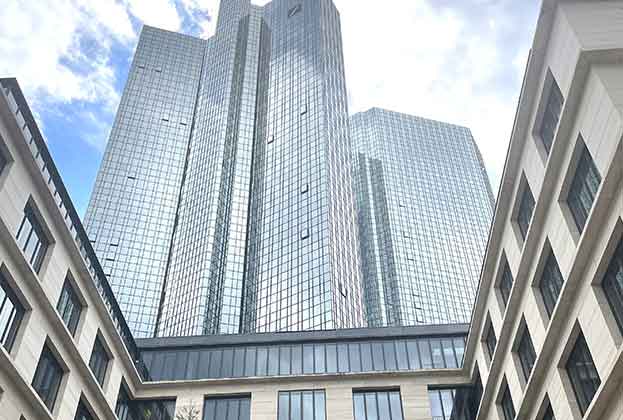The multifamily subsector of the residential real estate market is still in its infancy in the Czech Republic, but its resilience in the face of the uncertain conditions caused by the Covid-19 pandemic promises to keep investor interest in it strong.
According to data from Savills, multifamily investment – i.e. capital invested into entire apartment buildings rather than individual dwellings – accounted for about one-fifth, or €11.6 billion, of real estate investment in Europe in the first quarter, with 53% of the value in portfolio deals. Given the sector’s level of maturity – in Germany it was the largest segment in Q1, larger even than offices – it is hard to think of multifamily as being classed an ‘alternative’ investment anymore.
In light of recent developments in the real estate markets stemming from the pandemic, construction activity around multifamily has inevitably slowed considerably. Even so, Savills is predicting that figures to the end of June will show at least another €10.3bn has been invested in the asset class.
Underpinned by strong fundamentals – rising urbanisation, smaller households, unaffordable house prices and rising occupier demand for flexibility and services – the multifamily sector has always been a resilient one for a number of reasons. Primarily, it is a sector that most closely mirrors social trends such as where people live and the demographic topography within a given city or neighbourhood. Furthermore, its dependence on economic movements are less so than offices, retail and logistics, meaning it will be less impacted by major shocks to the financial landscape.
Generation rent
The Czech Republic, particularly Prague, shares many of factors driving the rise in multifamily investment seen elsewhere in Europe. There is a limited supply of new homes being built and are available on the market, while rents have grown on the back of increasing demand for rental homes from a generation who either cannot afford to buy or simply do not have the traditional mindset of needing to own. Since 2007, house prices in the Czech Republic have increased by 70% and rents by 80%, according to data from Eurostat.
Meanwhile, on the demand side, there is a good-sized pool of investors here – both domestic and international – looking for sustainable income streams. Excluding the Airbnb market in the city centre, rents for modern, well located and managed apartments in Prague have not softened in the Covid-19 period. Data indicates that in times of economic instability, renting is a necessary or preferable option for many residents in Prague. The pandemic is also creating great uncertainty around the future of offices. This is shifting investor interest further towards multifamily, whose yield spread over the risk-free rate remains attractive. Prime net multifamily yields in Europe vary between 2.8% and 4.4%.
For all the growth of the multifamily sector in Europe, it remains a specialist market. As residential as an investment class has grown in popularity in Europe, the investment knowhow related to the design, leasing and operation of multifamily buildings is becoming an increasingly important skillset for consultancies to offer investors.











